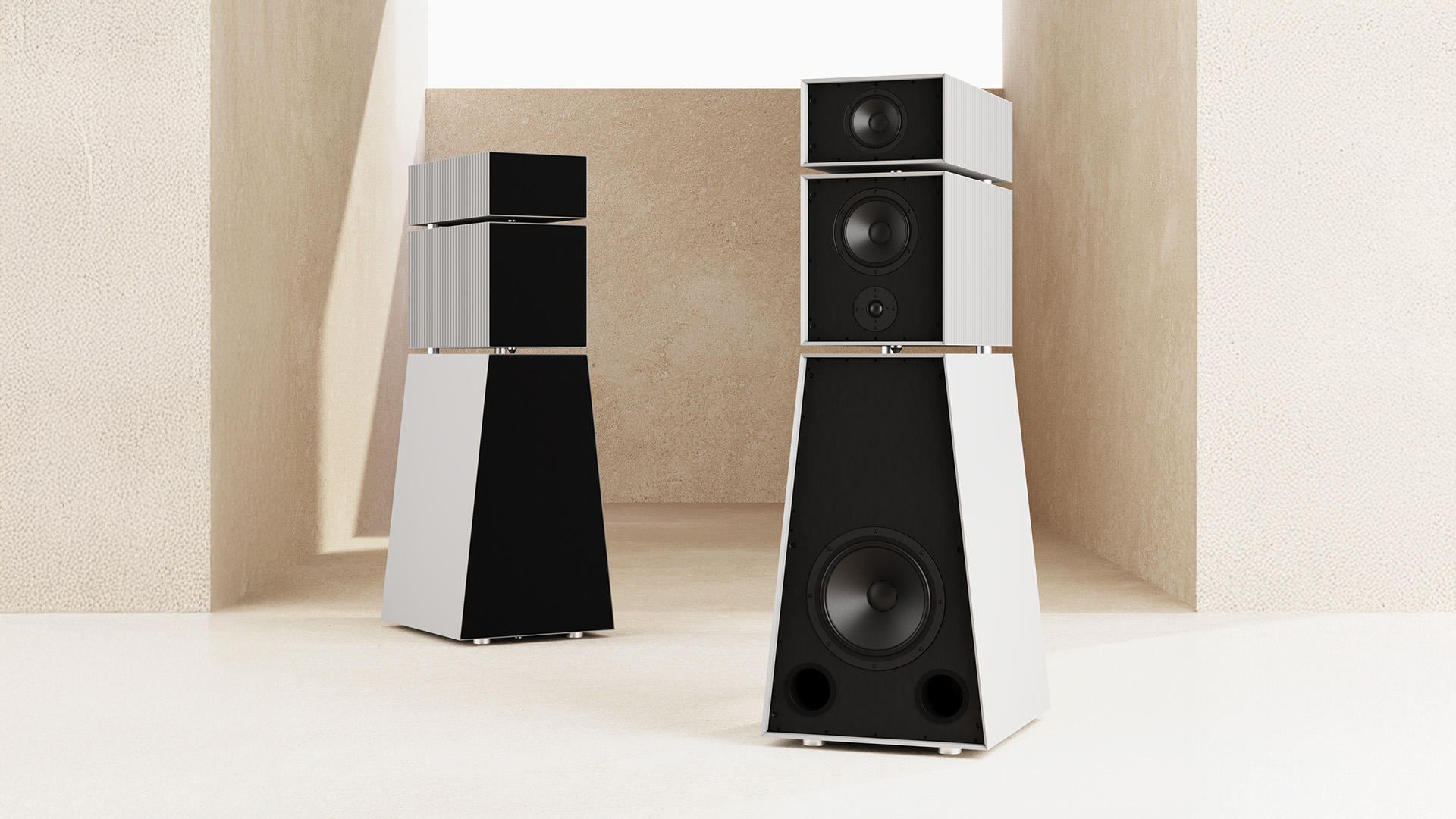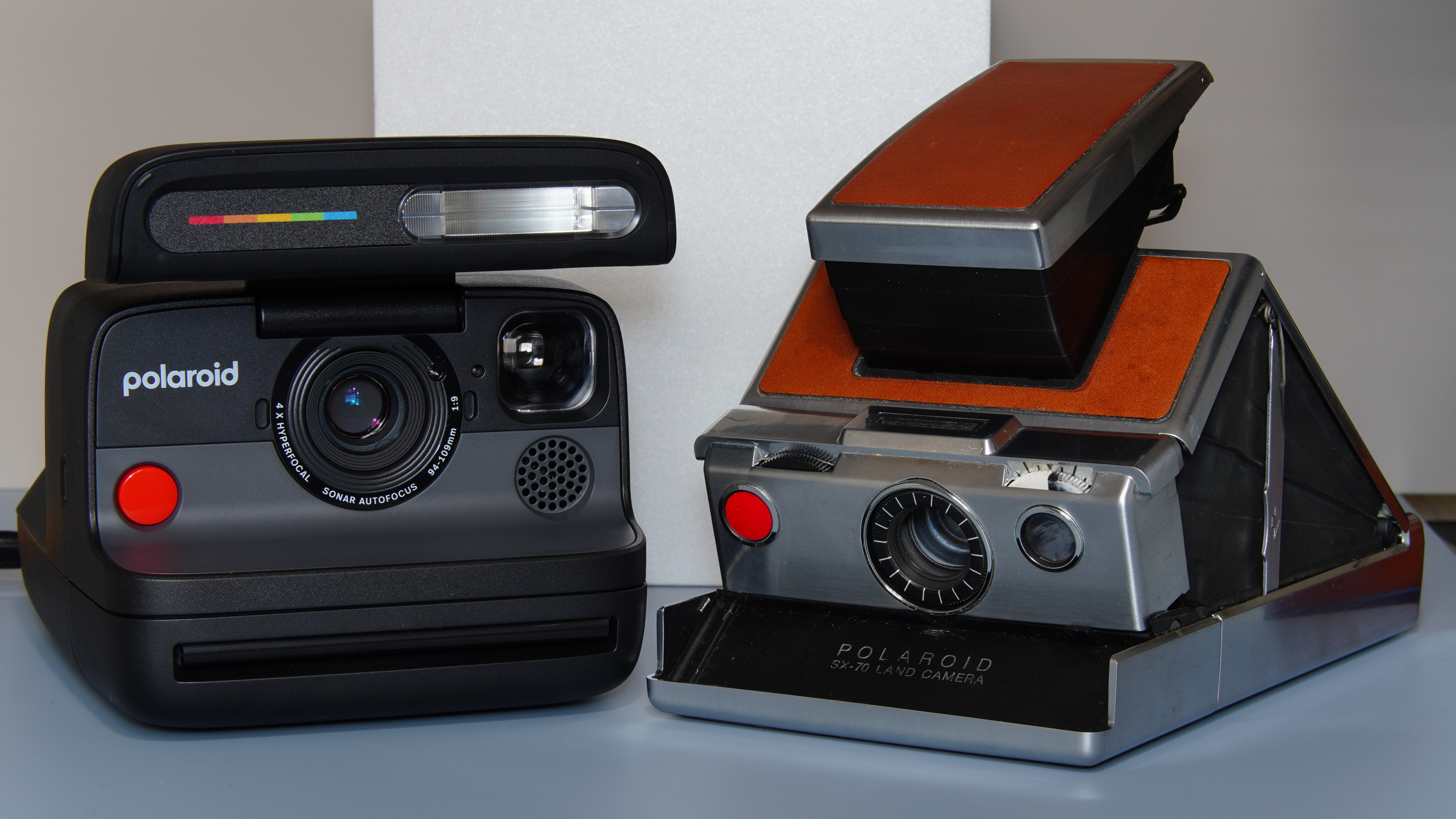

Looking for the best heart rate monitor? You're in luck! Unlike smartwatches that think they know your heart's desires with their flashy (flashing?) optical sensors, heart rate monitors are the real MVPs of data precision.
Don't get us wrong, we love the best smartwatches as much as the next person, but when it comes to serious training, you need to get up close and personal with your heart rate data. That's where heart rate monitors shine brighter than a disco ball at a dance-off.
Heart rate monitors are often paired with running watches to improve accuracy and add extra metrics to the mix. Swimmers and triathletes also use them in tandem with their triathlon watches for the same reason.
Our current favourite heart rate monitor is the ever-so-wonderful Garmin HRM Pro Plus. It does everything you can possibly ask from such a device and then some. If you're after a no-frills tracker, check out Wahoo's Trackr Heart Rate, which works perfectly as an accurate running or cycling accessory.

The Garmin HRM-Pro Plus combines advanced running dynamics and dual connectivity (ANT+ and Bluetooth) for comprehensive fitness tracking. It's ideal for athletes needing detailed performance metrics and versatile device compatibility.
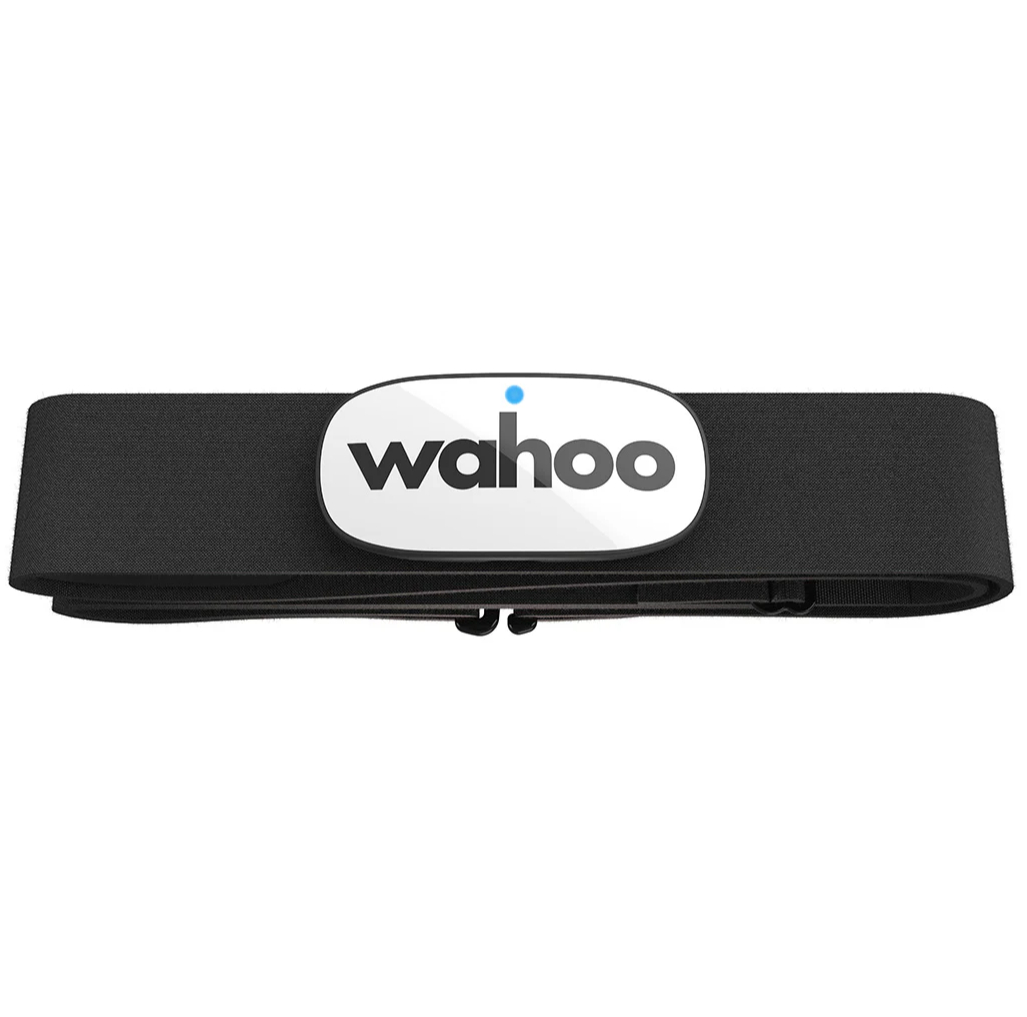
The Wahoo Trackr Heart Rate features a rechargeable battery, accurate heart rate monitoring, and seamless app integration, making it a reliable choice for cyclists and runners who prioritise simplicity and performance.
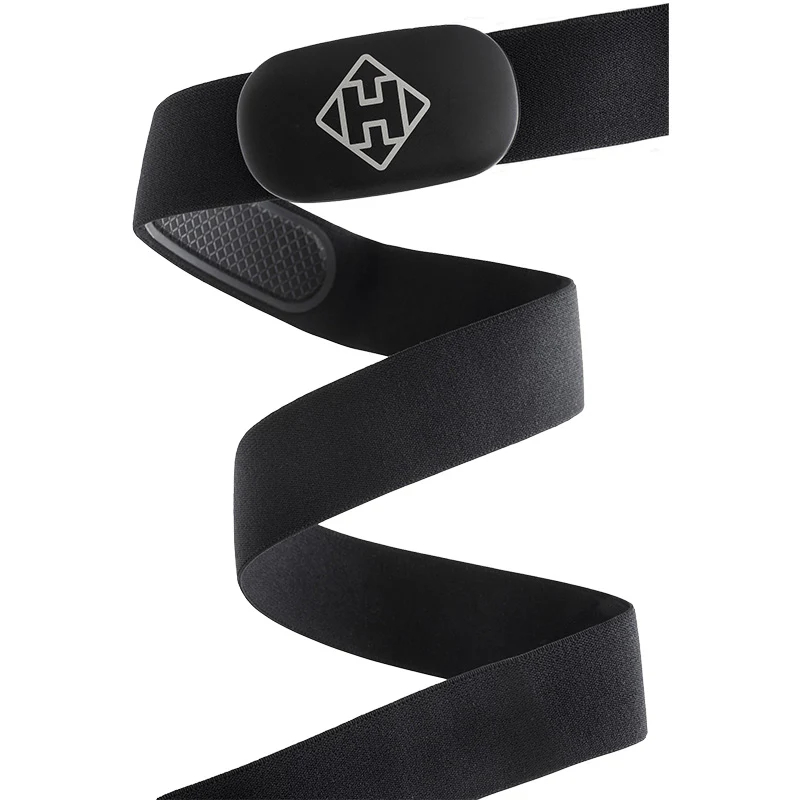
The Hammerhead Heart Rate Monitor offers dual Bluetooth and ANT+ connectivity, a rechargeable battery with 900+ hours of life, and a comfortable, washable strap, making it ideal for cyclists and fitness enthusiasts.
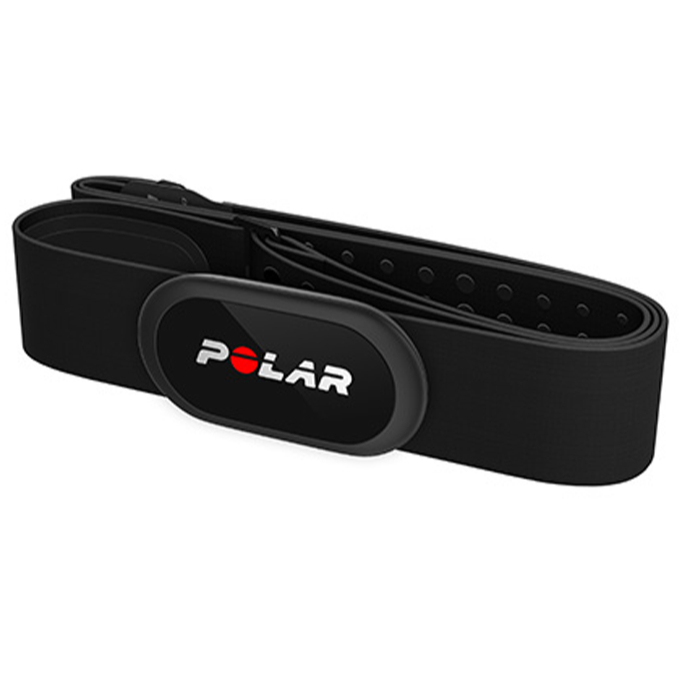
The Polar H10 is renowned for its exceptional accuracy, compatibility with Bluetooth and ANT+, and comfortable, secure fit, making it a top choice for precise heart rate monitoring across various activities.
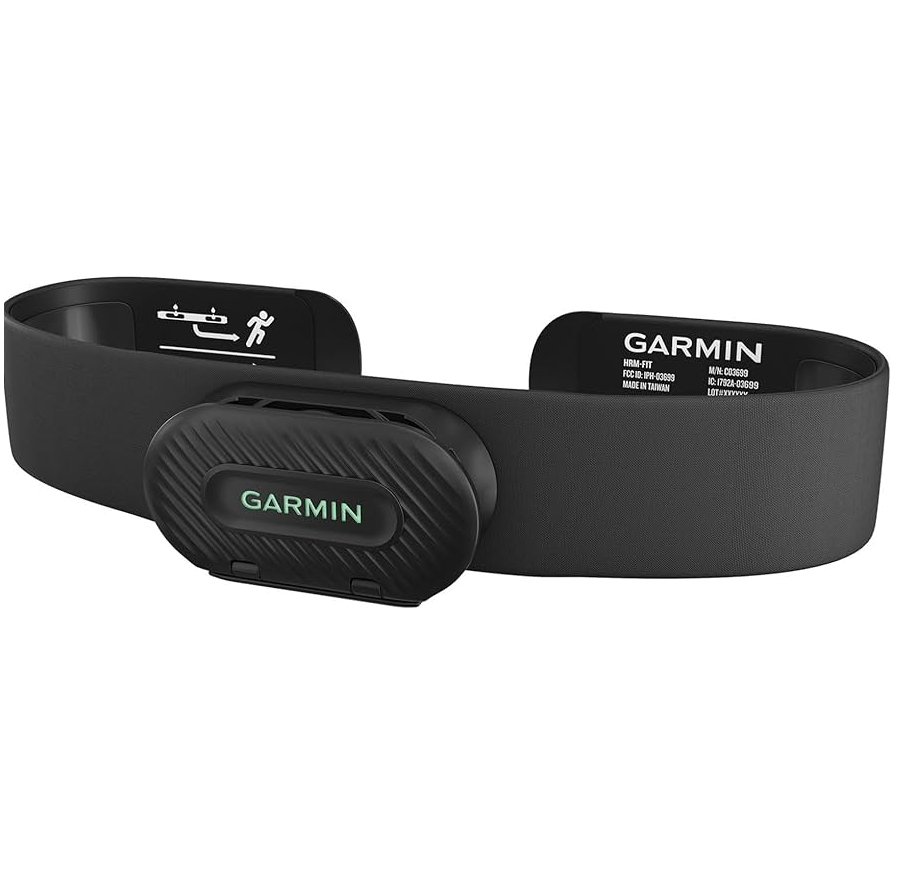
The Garmin HRM-Fit is a comfortable and accurate heart rate monitor designed for female athletes. It clips onto sports bras, minimising movement and providing precise data, with dual Bluetooth and ANT+ connectivity.
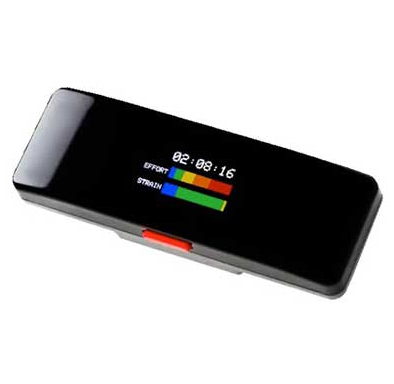
The Frontier X is an advanced heart rate monitor offering continuous ECG, cardiac strain, and HRV metrics. It connects via Bluetooth and is ideal for athletes seeking detailed heart health data, despite its high price.
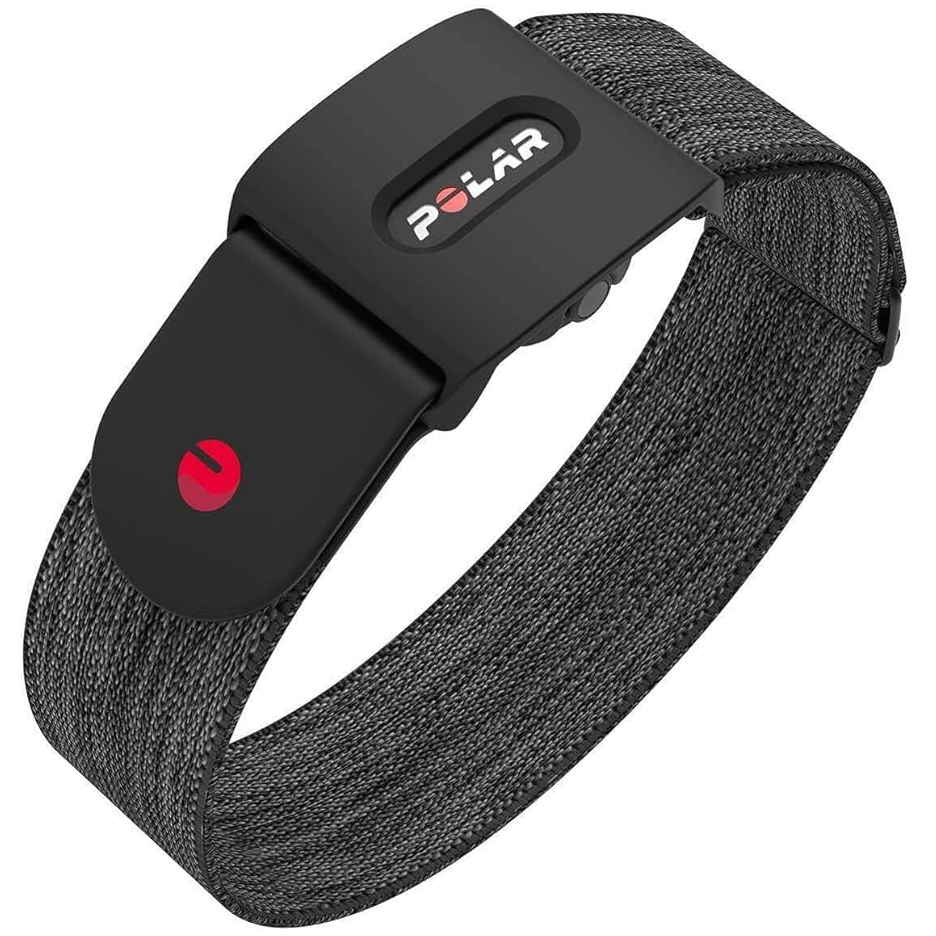
The Polar Verity Sense offers accurate, versatile heart rate monitoring with up to 20 hours of battery life. Ideal for various workouts, it features Bluetooth and ANT+ connectivity, and can track swimming, cycling, and running.
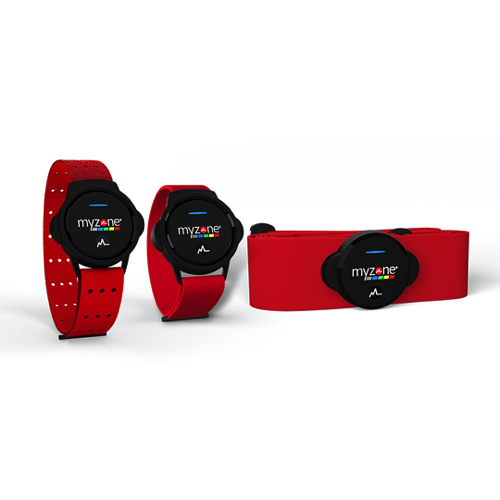
The Myzone MZ-Switch offers versatile heart rate monitoring with ECG and optical sensors. It can be worn on the chest, arm, or wrist, and boasts impressive battery life, making it ideal for diverse workouts.
Best overall
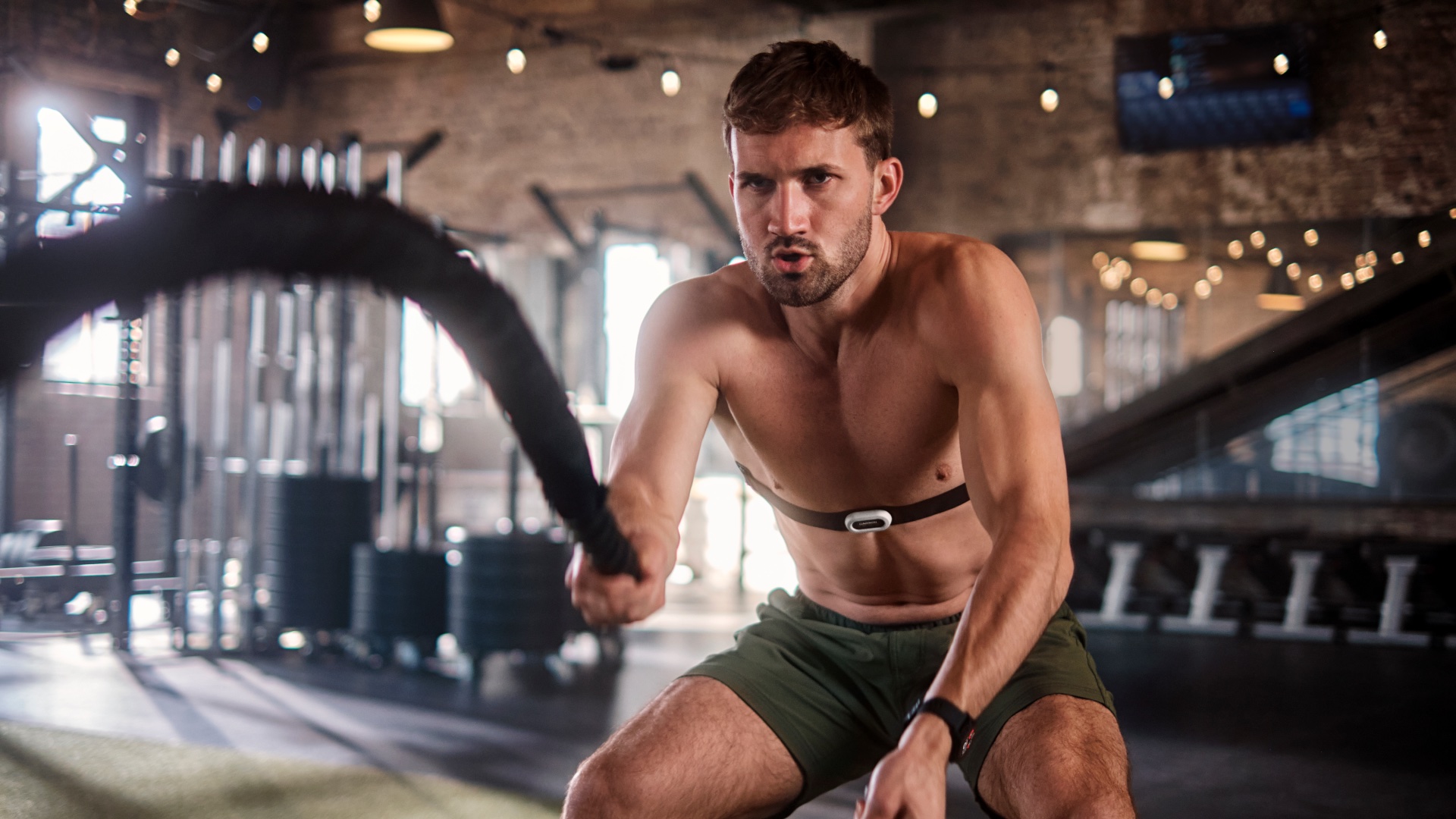
1. Garmin HRM-Pro Plus
Specifications
Reasons to buy
Reasons to avoid
The Garmin HRM-Pro Pro is essentially the HRM-Pro with a revised battery cover that you can now remove without using any tools. They both have the same sensor, the same design, and the same everything; they even cost the same. There is no point getting the HRM-Pro instead of the HRM-Pro Plus unless you like using small screwdrivers to access the battery compartment.
Should you have a Garmin watch, the HRM-Pro Plus can add advanced running metrics to the million data points the watch already collects, such as vertical oscillation, ground contact time, stride length and vertical ratio. It's also required to run Garmin's lactate threshold test (you also need a compatible watch).
The Garmin HRM-Pro Plus can connect to multiple devices simultaneously via Bluetooth and ANT+: you can feed heart rate data into your smartwatch and your Wattbike simultaneously. Perfect for those athletes who track their performance in a million different apps.
Read our full Garmin HRM-Pro review (the same as the HRM-Pro Plus).
Best for accuracy
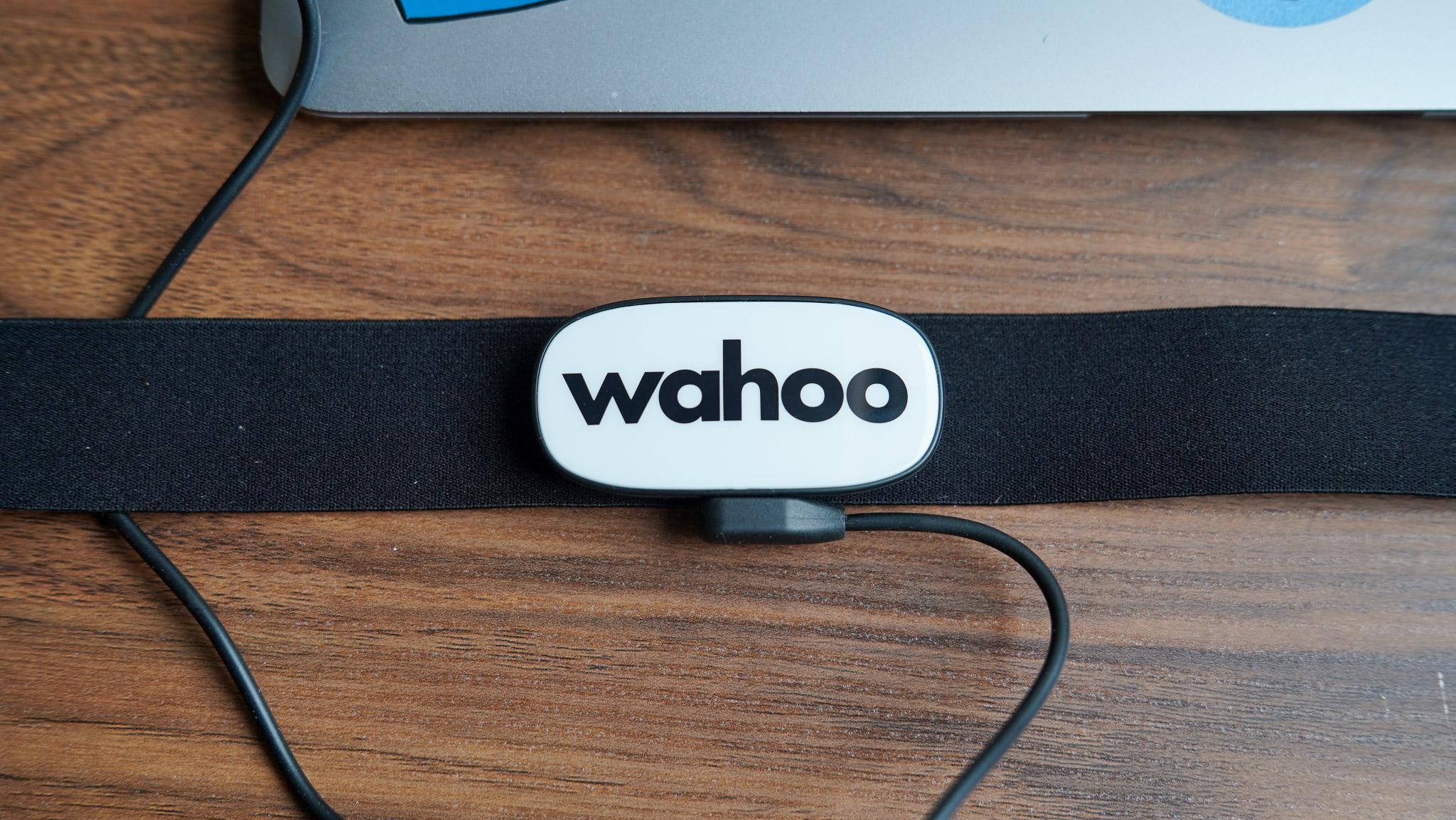
2. Wahoo Trackr Heart Rate
Specifications
Reasons to buy
Reasons to avoid
Wahoo's Trackr Heart Rate monitor marks a significant leap with its innovative design and rechargeable battery, distinguishing it from traditional heart rate monitors. Launched with a focus on accuracy and comfort, it excels in delivering precise heart rate data for running and strength workouts.
The IPX7-rated design ensures durability against water and sweat, though it lacks swim-specific features and advanced metrics found in higher-end models.
Compared to the Garmin HRM Pro Plus and Polar H10, the Trackr excels with its rechargeable battery, offering over 100 hours of active use and eliminating the hassle of disposable batteries. However, it falls short on advanced running metrics and built-in memory, which are standard in its competitors.
Despite these limitations, the Trackr's lightweight build, comfortable fit, and seamless integration with Wahoo's ecosystem and popular fitness apps make it a compelling choice for cyclists and runners seeking reliable heart rate monitoring without additional frills.
Priced competitively at $89.99/£79.99/AU$149.95, the Trackr Heart Rate monitor appeals to users invested in Wahoo's brand ecosystem and those prioritising simplicity and accuracy in their training gear.
Read our full Wahoo Trackr Heart Rate review.
Best for cyclists
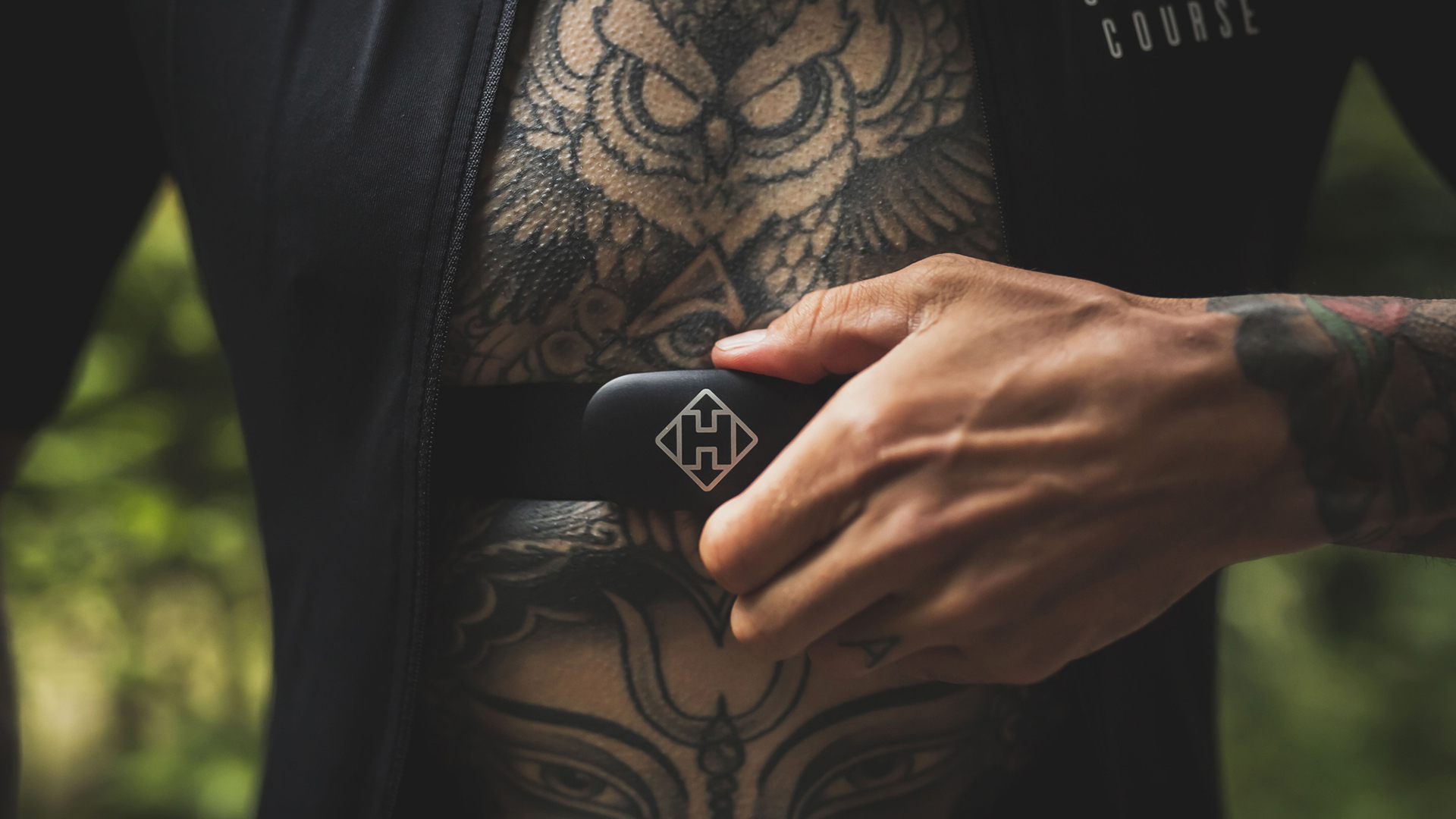
3. Hammerhead Heart Rate Monitor
Specifications
Reasons to buy
Reasons to avoid
The Hammerhead Heart Rate Monitor is an obvious choice if you’re looking for a quality HRM to supplement your Hammerhead Karoo 2. There’s not a whole lot to it, but the asking price seems reasonable enough, especially considering how well it works. It’s easy to get set up, too, and the battery life is excellent. While the Hammerhead Heart Rate Monitor has plenty of rivals worth considering, a few of which we’ve outlined in this guide, it makes total sense if you’re keen to keep everything in the Hammerhead family.
Read our full Hammerhead Heart Rate Monitor review.
Best affordable
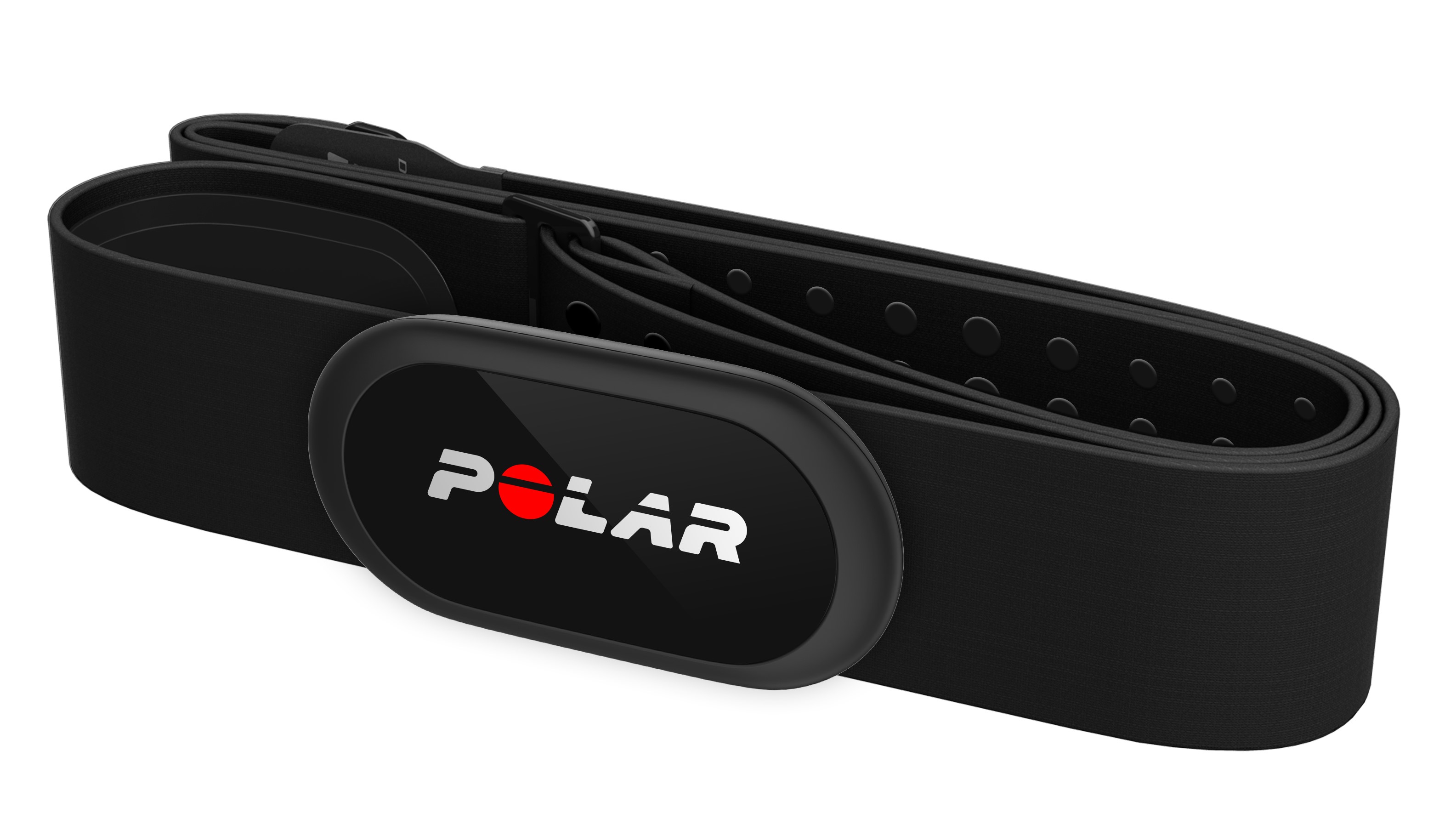
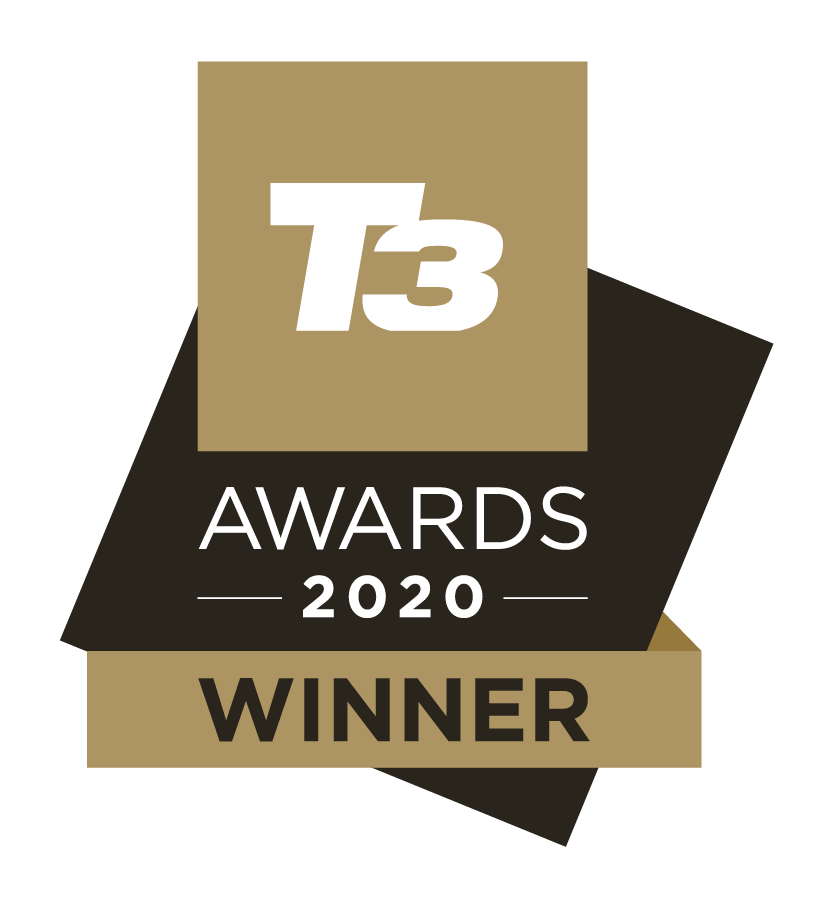
4. Polar H10 Heart Rate Sensor
Specifications
Reasons to buy
Reasons to avoid
If you don't want to buy more than one heart rate monitor to track more than one type of sport, your best bet is on the Polar H10. It is the "most accurate heart rate sensor in Polar's history", and in fact, the Polar H10 can monitor your ticker very accurately.
The best thing is that the Polar H10 has built-in memory for one exercise, so you can wrap the heart rate monitor around your chest, start the exercise in the Polar Beat app and then leave the phone behind. The strap will sync with the phone once you are back home. More on this here (links to YouTube).
Polar H10 can connect to fitness apps, sports and smartwatches, and gym equipment using Bluetooth and ANT+ connection. Polar H10 can be connected to Bluetooth and ANT+ devices simultaneously so that you can hook it up with your watch and your turbo trainer at the same time.
The Polar H10 is also suitable for swimming, although it's not a dedicated swimming heart rate monitor. For the best results, you want to wear a tri-suit or wetsuit over it so it is pressed closer to your skin as you swim.
Best for women

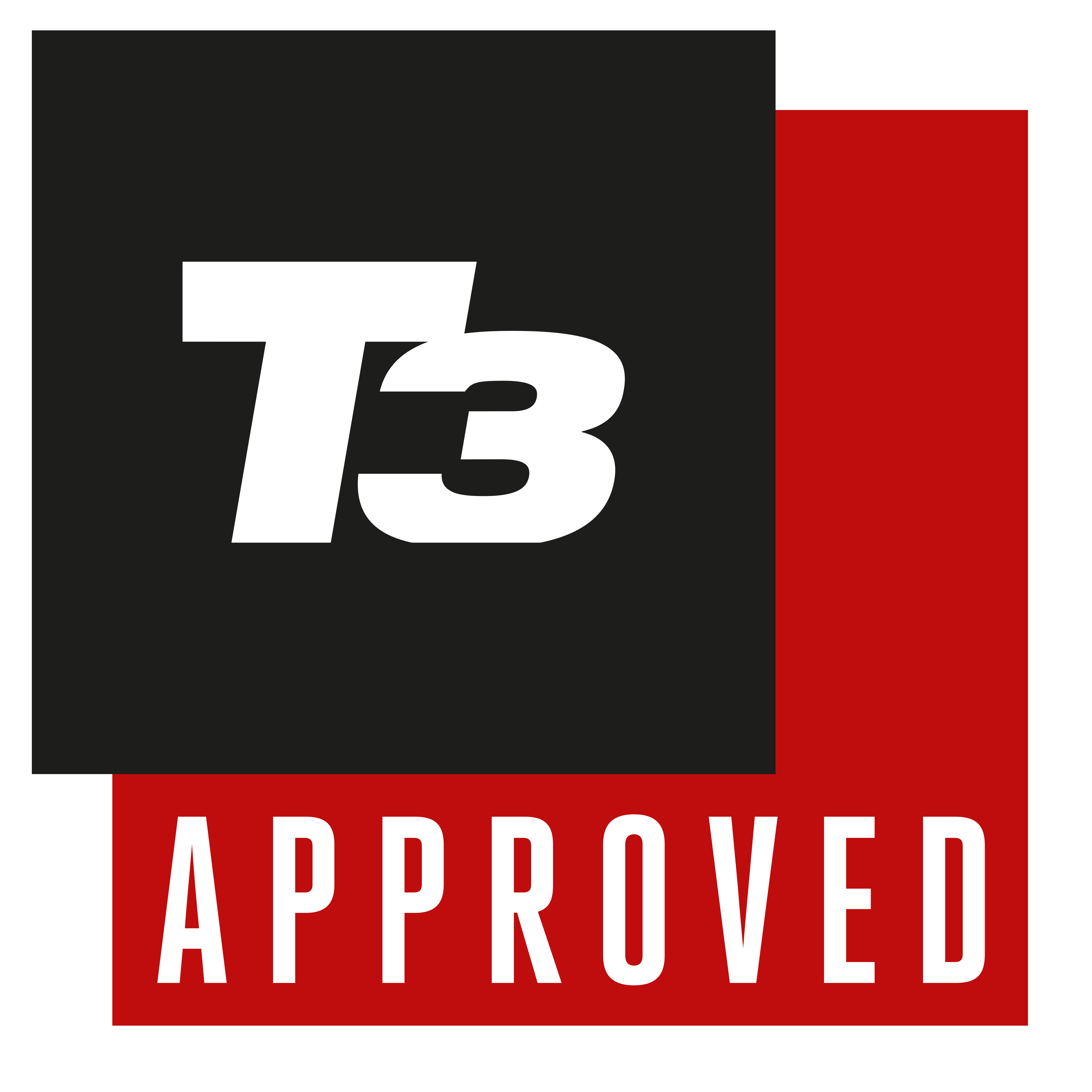
5. Garmin HRM-Fit
Specifications
Reasons to buy
Reasons to avoid
The Garmin HRM-Fit emerges as the top choice for women seeking a reliable heart rate monitor for their workouts. Compatible with Garmin watches and apps, it boasts accurate readings and connects seamlessly to multiple devices.
Designed to clip onto a sports bra, we found that it eliminates the discomfort of traditional chest straps, offering a secure fit for women during exercise. With easy setup and real-time data tracking, it enhances workout efficiency and performance.
Despite its slightly protruding design, it remains lightweight and comfortable throughout workouts. While it lacks swim compatibility, it excels in sweat and rain resistance, making it ideal for various high-intensity activities.
Priced higher than standard chest straps, its reliability and accuracy justify the investment for dedicated athletes seeking precise heart rate monitoring.
Overall, the Garmin HRM-Fit offers a superior alternative to wrist-based wearables and traditional chest straps, providing female athletes with a comfortable, chafe-free, and dependable option for tracking their workout metrics and performance.
Read our full Garmin HRM-Fit review.
Best for measuring ECG


6. Frontier X
Specifications
Reasons to buy
Reasons to avoid
Some fitness trackers and wrist wearables can already measure ECG – e.g. Withings ScanWatch and Fitbit Charge 5 – but the accuracy of these measurements is questionable. If only there were a heart rate monitor that measured ECG...
Well, there is one! Better still, the Frontier X tracks more than just ECG; it can track heart rate (obviously), cardiac rhythm, cardiac strain (similar to the Whoop 4.0) and even heart rate variability). As well as those, the Frontier X can also measure breathing rate and estimate training load, something called the Body Shock and step cadence.
Sounds good? It is good. The Frontier X provides endurance athletes with loads of data and recommends workouts based on previous sessions. It also assesses your workouts straight after they conclude via the Frontier X App, where you can analyse and overanalyse each and every activity you did wearing the heart rate monitor.
The app and the device mainly focus on training load and cardiac strain, so it's safe to say the Frontier X is best suited for runners, cyclists, and other endurance athletes. It can track different types of workouts, of course, but the recommendations for strength athletes won't be quite as practical.
Sadly, no matter how large the head unit is, the Frontier X hasn't got a built-in GPS, so you'll have to take the phone with you if you need distance data attached to your workout assessments. Alternatively, you can connect the Frontier X to watches and fitness machines via BLE (no ANT+, sadly), although it's too expensive to be used only as an external heart rate monitor.
On the upside, there is only this hefty lump sum to pay initially; using the Frontier X App is free forever.
Best for HIIT workouts
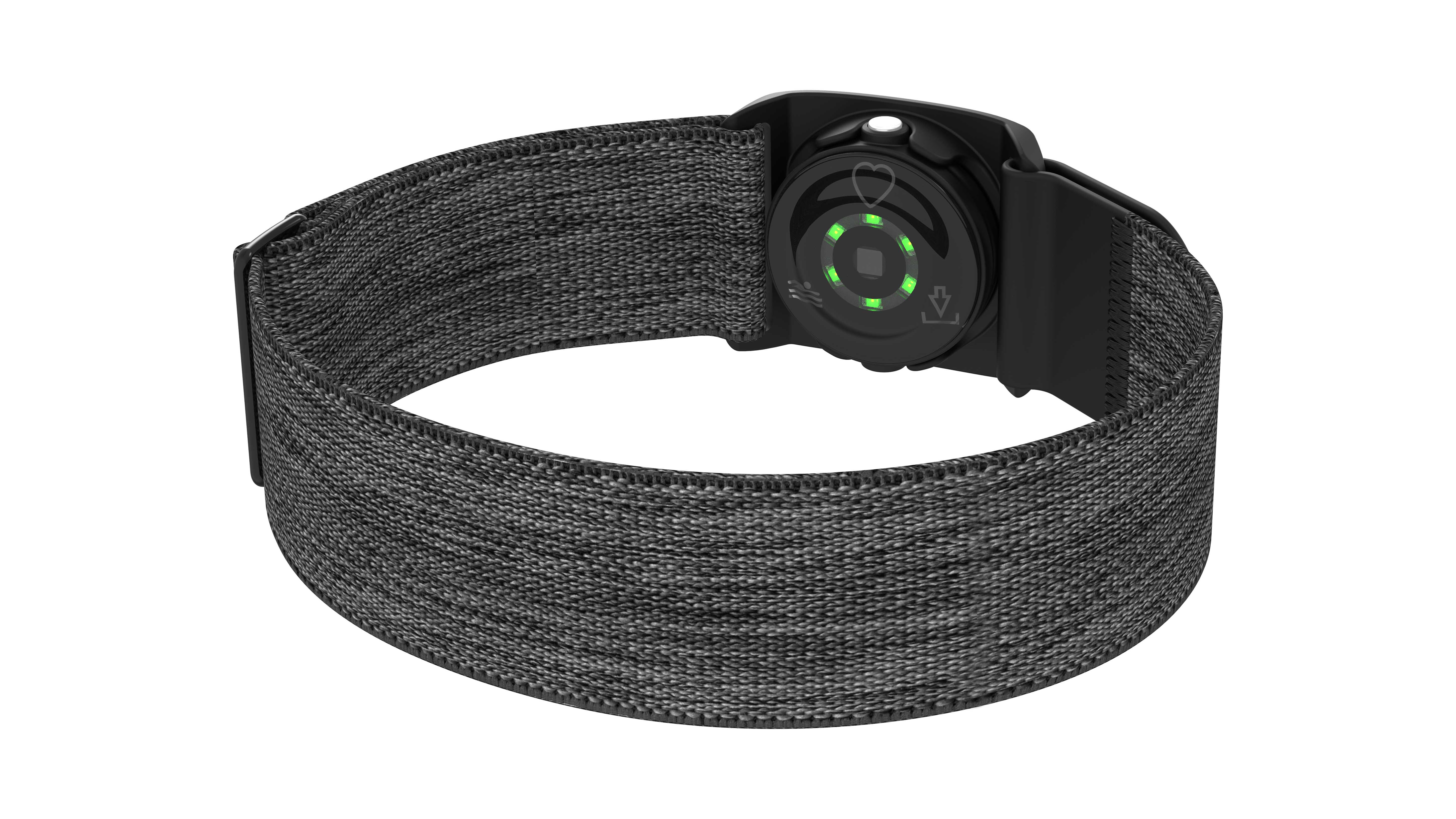

Specifications
Reasons to buy
Reasons to avoid
Representing the latest innovation from Polar, the Verity Sense stands out as one of the premier heart rate monitors utilising an optical sensor, departing from traditional electrical models.
Beyond its core functionality, the Verity Sense boasts an array of additional fitness features, making it a compelling choice for users seeking an alternative to cumbersome chest straps and unreliable smartwatches. Its versatility, rich feature set, and competitive pricing position it as a top-tier heart rate monitoring solution.
We recommend utilising the Polar Beat app to monitor your Verity Sense workouts instead of Polar Flow. This alternative app seamlessly integrates with the Verity Sense, providing real-time heart rate and calorie data directly on your phone. The phone acts as an external screen for the Verity Sense strap, offering enhanced convenience and usability during workouts.
Read our full Polar Verity Sense review.
Most comfortable
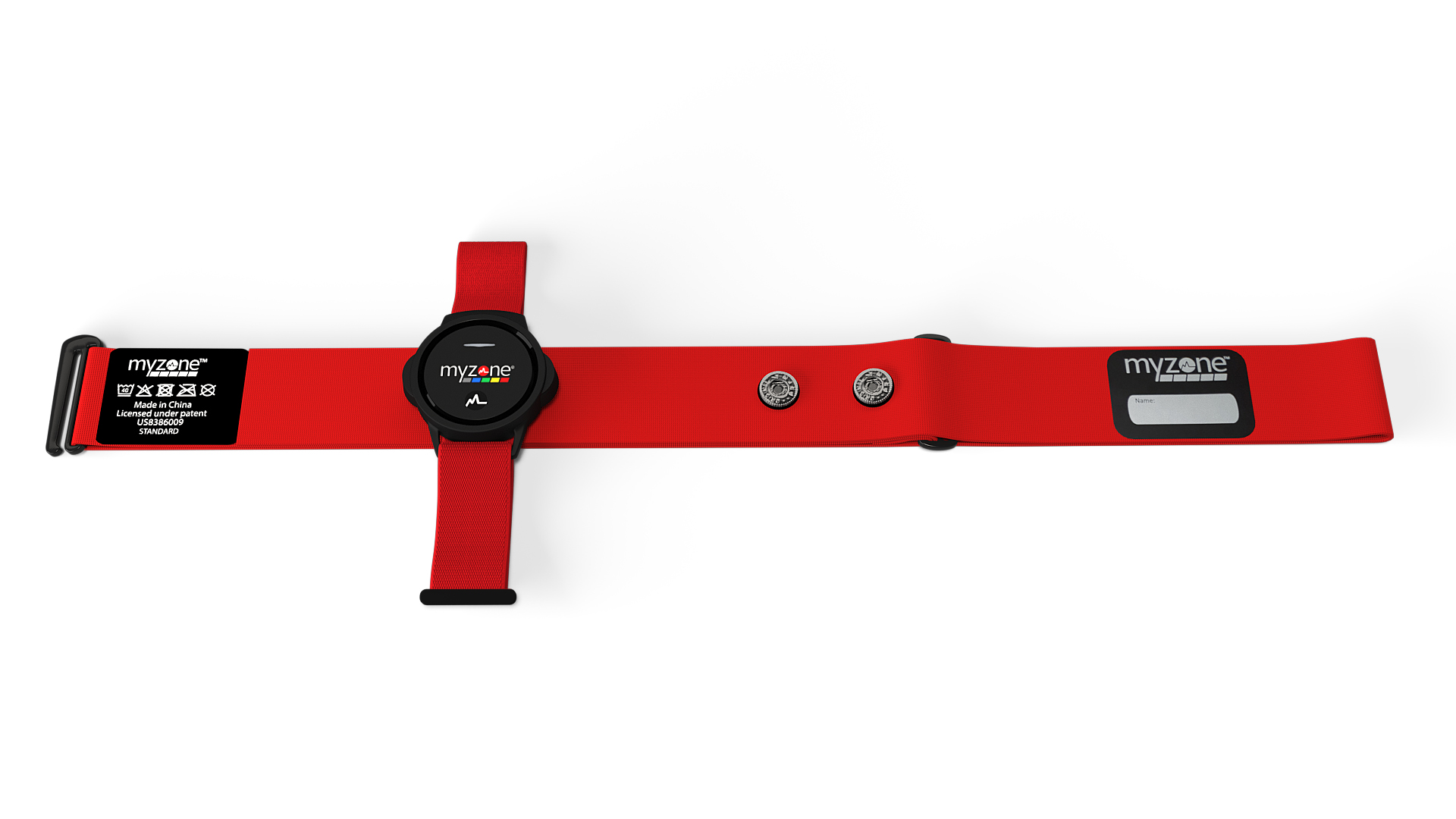

Specifications
Reasons to buy
Reasons to avoid
The Myzone MZ-Switch is a super versatile fitness companion that will deliver accurate results during almost any workout. With exceptional battery life, a compact and lightweight design and an easy-to-use, feature-rich companion app, you can’t go far wrong here.
In case you're unfamiliar, Myzone monitors use a different system than other heart rate monitors, the so-called MEPs system. Essentially, the Myzone MZ-Switch tracks which heart rate zone you're in and gives Myzone Effort Points (MEPs) after each workout.
MEPs are similar to all other gamified fitness reward systems, but at first, it can be a bit confusing to see a workout in the Myzone app composed of nothing but coloured lines. However, once you've got the hang of it, it's straightforward enough to use.
Read our full Myzone MZ-Switch review.
How to choose the best heart rate monitor for you?
Which heart rate monitor is best depends on the type of sport you do most often and on convenience factors, too. For example, there is no need to get a waterproof Garmin HRM-Swim if you hardly ever swim in a pool. No need to pick the Polar OH1 armband, either, if you don't want to charge/replace the battery in your heart rate monitor more than once a year.
When it comes to heart rate monitors, the cream of the crop is the Garmin HRM-Pro Plus. It combines the best features of the Garmin HRM-Run and HRM-Swim and can be used both in and out of the water. It can also provide advanced running metrics and can be used without a watch too.
If you are after versatility, the Polar H10 is your best bet. It is very accurate as well as being waterproof, and able to track heart rate underwater. The Polar H10 has a 400-hour battery life and a single-activity memory, and it is also just comfortable to wear.
If you are after comfort, the Polar OH1 armband is your best bet. This uses optical sensors to track heart rate and has a much shorter battery life than their chest-strap counterparts; it can be worn on the upper/lower arm, making them less awkward to put on and remove.
If you are after ultimate precision, instead of just using good-old tap water, you can apply contact gel on the back of non-optical heart rate monitors, although it is a little bit of an overkill for most athletes apart from pros who need to track every minute change in their heart rate during workout sessions.
FAQ
What's a good resting heart rate?
Resting heart rate – or pulse rate – is a number of times your heart beats per minute (bpm) when you aren't active. This can vary widely from person to person and anything between 60-100 bpm can be considered 'normal' levels of resting heart rate, according to the British Heart Foundation. Pulse rate varies throughout the day and tends to be the lowest at certain stages of sleep.
Athletes, especially endurance athletes, generally have a lower resting heart rate: young, healthy athletes can have a resting heart rate close to 40 bpm or even lower sometimes. The emphasis is on 'young' and 'healthy' as overworking your body, especially after a certain age, can have a detrimental effect on cardiovascular health.
What device is most accurate in checking your heart rate?
The device most accurate in checking your heart rate is typically a chest strap heart rate monitor. These monitors use electrodes placed against your skin to measure electrical signals produced by your heart. This method tends to provide more accurate readings than wrist-based optical sensors found in smartwatches and fitness trackers.
Sign up to the T3 newsletter for smarter living straight to your inbox
Get all the latest news, reviews, deals and buying guides on gorgeous tech, home and active products from the T3 experts

Matt Kollat is a journalist and content creator who works for T3.com and its magazine counterpart as an Active Editor. His areas of expertise include wearables, drones, fitness equipment, nutrition and outdoor gear. He joined T3 in 2019. His byline appears in several publications, including Techradar and Fit&Well, and more. Matt also collaborated with other content creators (e.g. Garage Gym Reviews) and judged many awards, such as the European Specialist Sports Nutrition Alliance's ESSNawards. When he isn't working out, running or cycling, you'll find him roaming the countryside and trying out new podcasting and content creation equipment.
-
 Best YETI coolers 2025: ice cold excellence
Best YETI coolers 2025: ice cold excellenceKeep food and beverage frosty with our curated selection of top-rated YETI coolers for every occasion
By Matt Kollat
-
 Best cool box for camping 2025: keep your food and drinks cool and fresh
Best cool box for camping 2025: keep your food and drinks cool and freshBrowse the best cool boxes, cool bags and electric coolers for camping, festivals, picnics and balmy days at the beach
By Matt Kollat
-
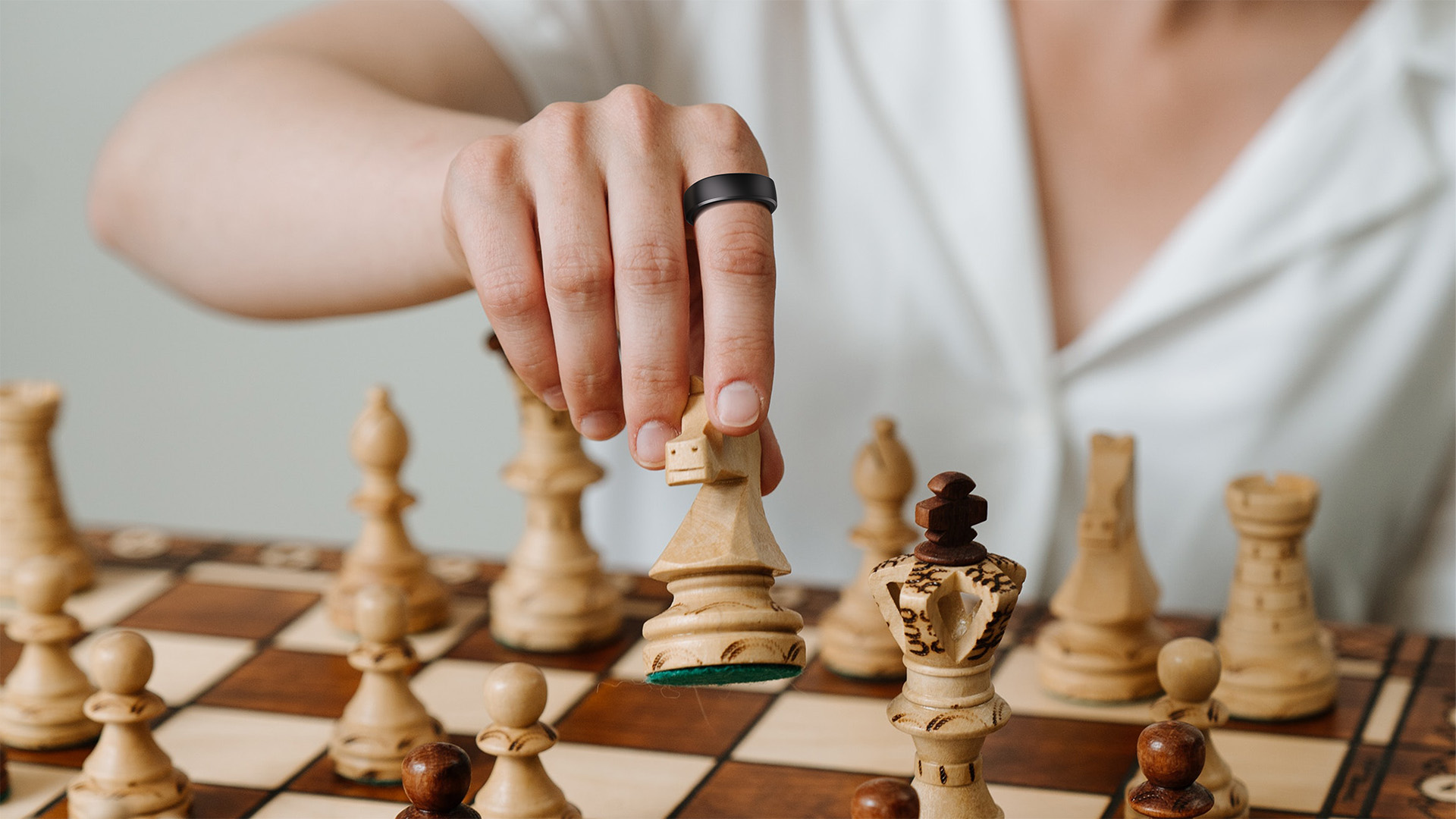 Best smart ring 2025: compact, lightweight health-tracking wearables
Best smart ring 2025: compact, lightweight health-tracking wearablesExperience wearable innovation at your fingertips with the best smart rings available now
By Matt Kollat
-
 5 fans you can use outside: take the heat off with practical outdoor-friendly blowers
5 fans you can use outside: take the heat off with practical outdoor-friendly blowersFeature The best fans for outdoor use at home and away to tackle the summer heat
By Derek Adams
-
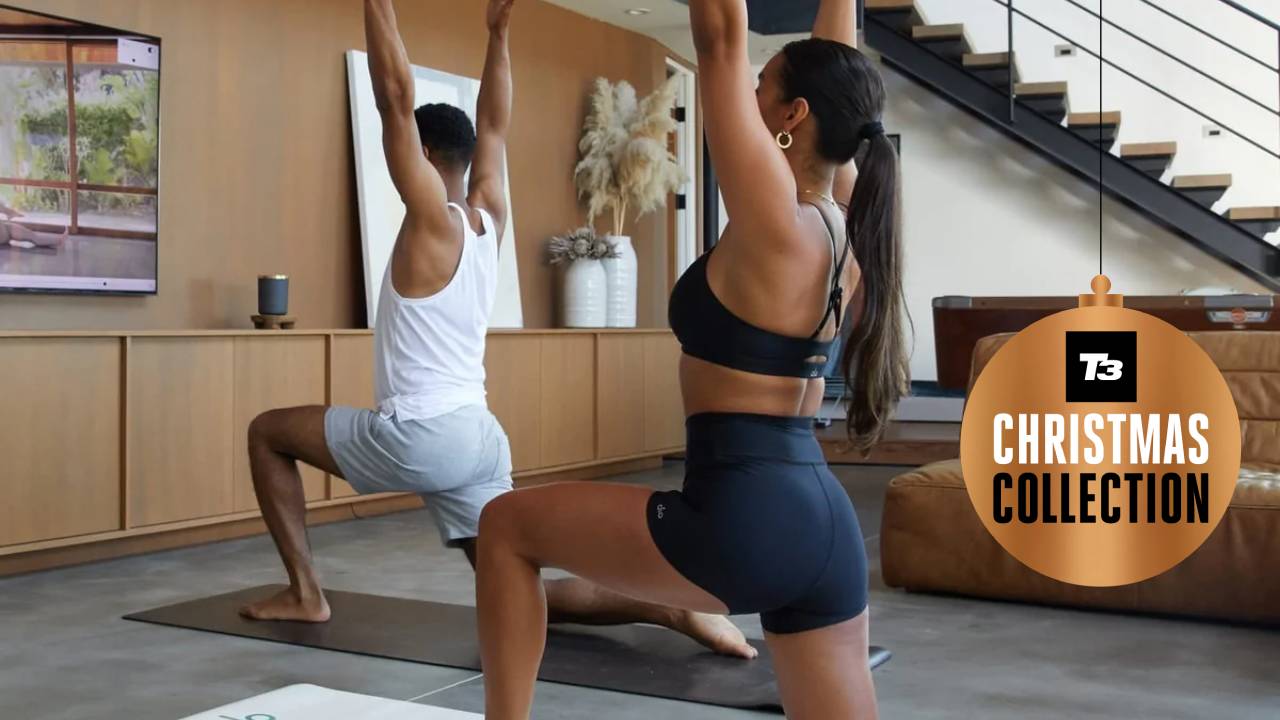 Best Christmas gifts for yoga fans: ideas for beginners to experts
Best Christmas gifts for yoga fans: ideas for beginners to expertsFeature Know someone who loves yoga? Here are the best Christmas gift ideas for yogis
By Bethan Girdler-Maslen
-
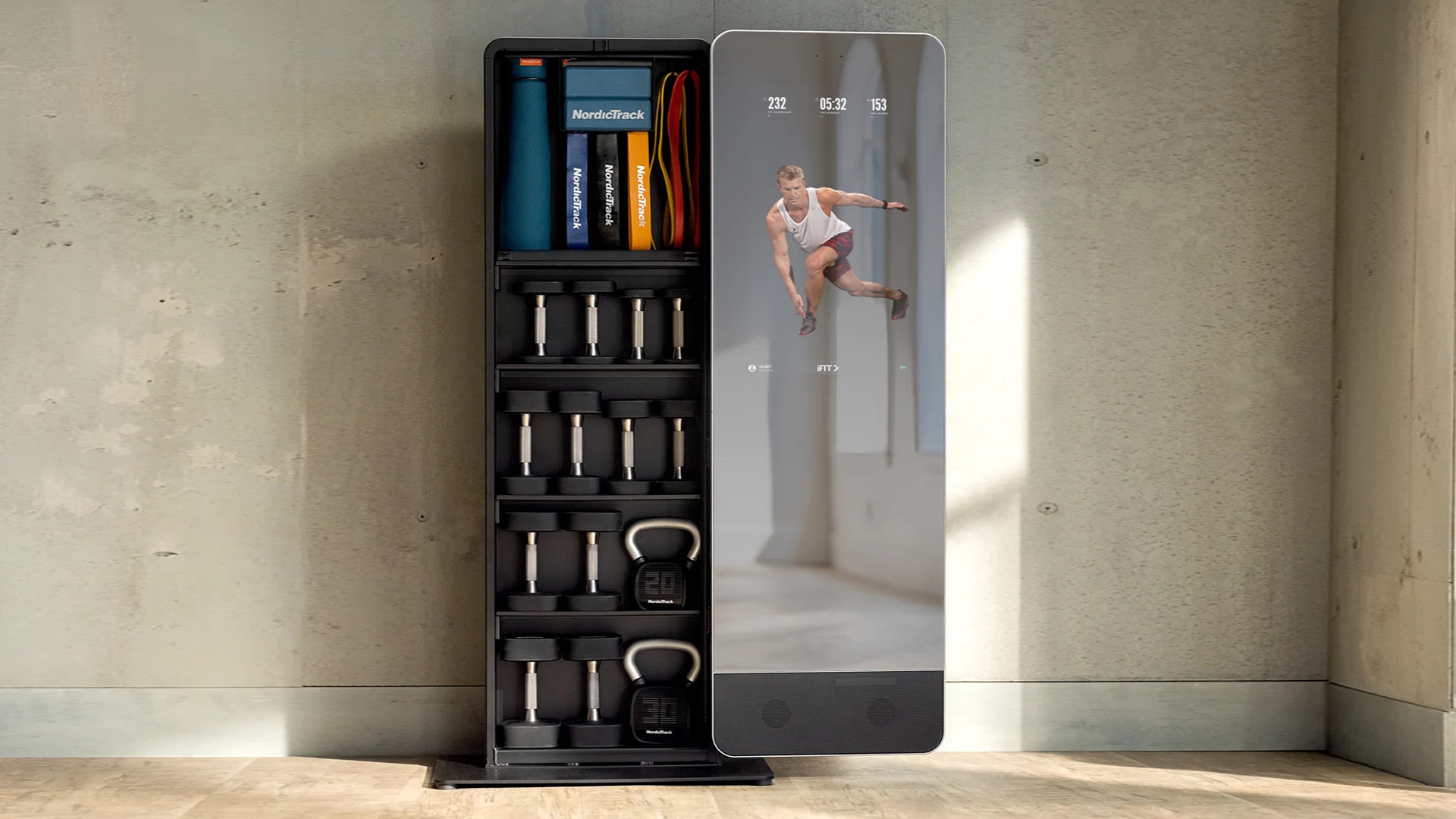 Best fitness mirrors 2025 to take your workouts to the next level
Best fitness mirrors 2025 to take your workouts to the next levelThe best fitness mirrors are here to slim you down and pump you up – without invading your space.
By TJ Fink
-
 Best torch 2025: illuminate your way through the dark
Best torch 2025: illuminate your way through the darkGet the best torch for camping, night hiking, walking the dog or finding your way in a power cut
By Matt Kollat
-
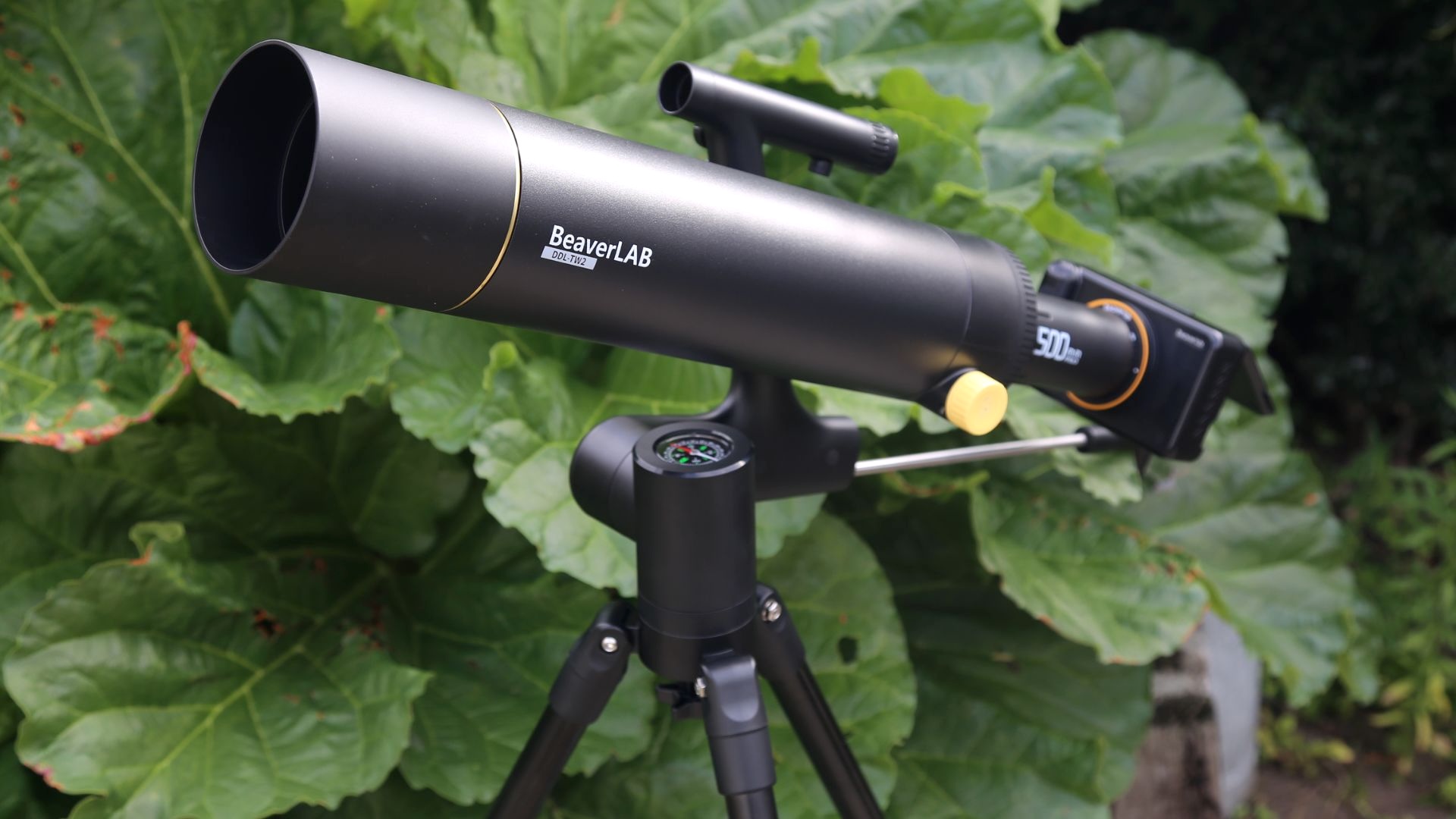 Best telescope for stargazing 2025: Bring the stars closer to home
Best telescope for stargazing 2025: Bring the stars closer to homeExplore the wonders of the universe with the best telescopes, perfect for stargazers of all levels
By Matt Kollat
